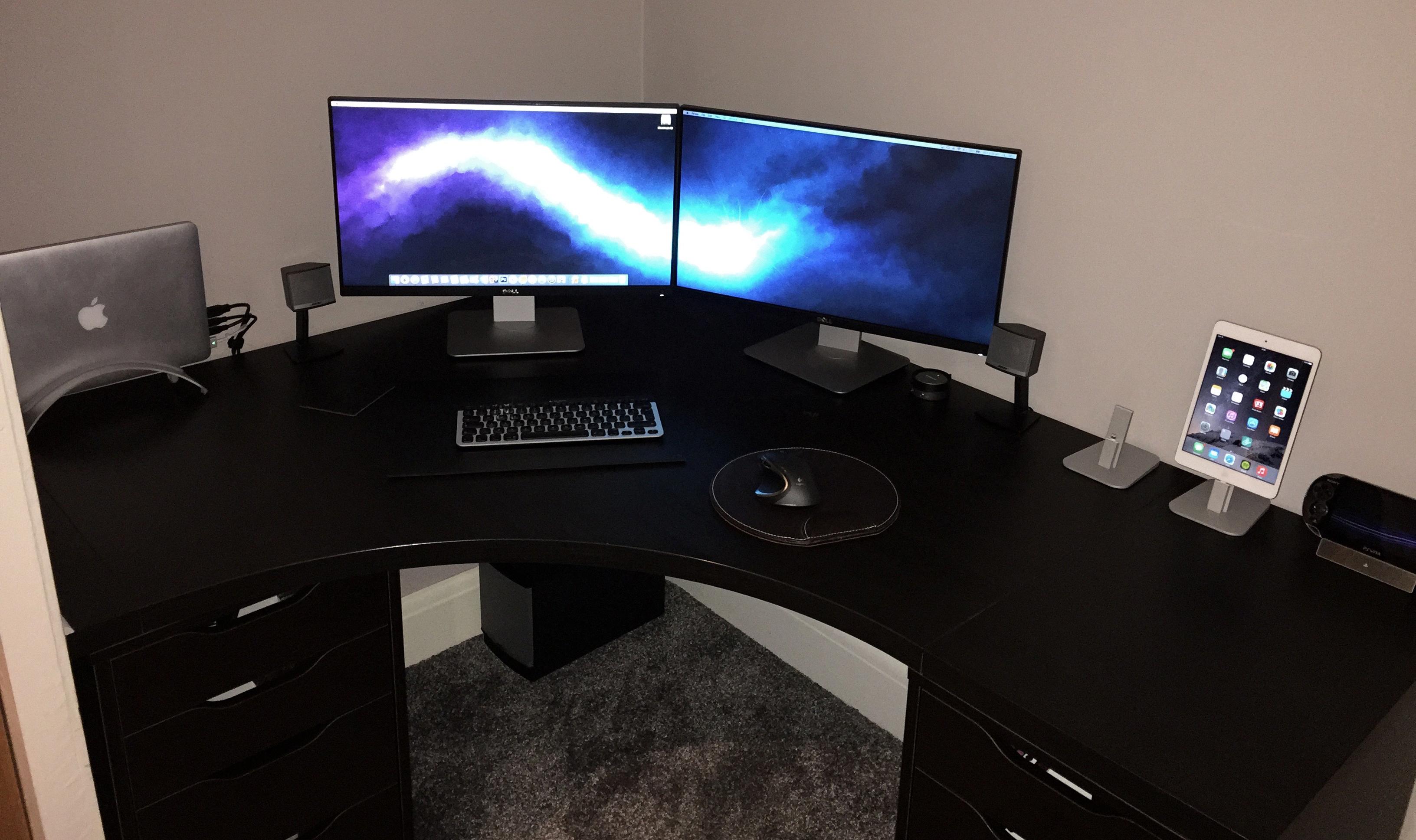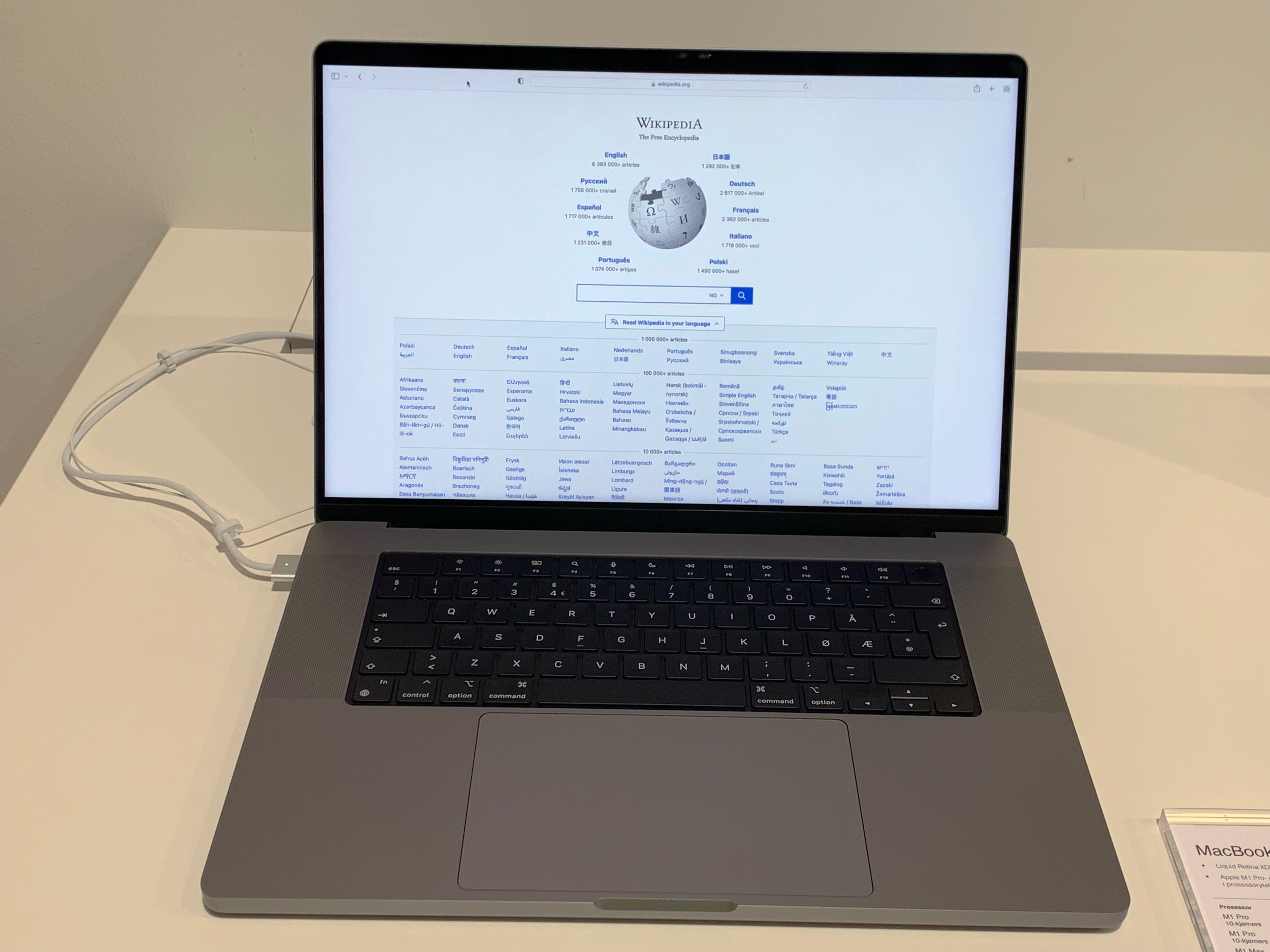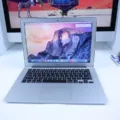Are you looking for the perfect Mac-compatible monitor to pair with your Mac? Look no further than the Dell UltraSharp Monitor with USB Type-C. This monitor is compliant with USB Type-C and VESA display modes, making this USB Type-C monitor an ideal choice for Mac systems. This guide will show you how to connect your Dell monitor to your Mac, so read on!
Can Dell Monitors Be Used With Macs?
Yes. A Dell monitor can work with a Mac.
We recommend the Dell UltraSharp USB Type-C monitor for Mac, which is designed to be compatible with Mac systems compliant with USB Type-C and VESA display standards. This means that you can connect the monitor to your Mac, and it should be able to display content from the computer.
However, Dell monitor compatibility isn’t limited to this model. In fact, pretty much any monitor from Dell will work, as long as you can connect the two devices. Other Dell monitors may have HDMI ports that you can connect to the HDMI port on your MacBook, if it has an HDMI port.
If your monitor has an HDMI port and your MacBook has a USB-C port, an adapter may be necessary. You’ll just need the necessary cables or adapters to connect the two devices to get a Dell monitor to work with your Mac and get all the benefits of Dell monitors while using your Mac.
Connecting a Dell Monitor to a Mac
To connect the UltraSharp Dell monitor to your Mac, simply connect the two devices using the USB-C cable that comes with your Dell monitor. That will establish the correct USB Type-C connection to transfer video output.
Then, in your Mac’s System Preferences, follow these steps for optimal performance:
- Click on Displays.
- Click on the Display tab.
- Click on Color and set it to Millions of Colors.
- Click on Refresh Rate and set your Hertz to 60 Hz.
- In the Arrangement tab, set your display mode to Extended Desktop or Mirror Displays.
Other Dell monitors may have HDMI or DisplayPort ports. You will simply need to plug an HDMI cable into your Dell monitor and the other end into the HDMI port on your MacBook (or into the USB-C port on your MacBook by using an adapter cable such as this one) for your Mac monitor setup to work.
Determining Monitor Compatibility With Mac
In order to check monitor compatibility with Mac, you’ll need to check the ports on your Mac and the ports on your monitor. The most recent Mac models have Thunderbolt ports, so if you have a monitor with HDMI or DisplayPort interfaces only, then you’ll need an adapter to ensure Mac port compatibility.
Using adapters with Macs is not difficult, and many people do it. Just go on Amazon and search for “HDMI to USB-C adapter.”
Another monitor compatibility tip is to check the maximum supported resolution that both your MacBook model and the monitor support. Make sure to adjust your monitor’s resolution to a resolution your MacBook supports.
Using a Non-Mac Monitor With a Mac
Some people don’t know that you can use non-Mac monitors with a Mac. Using external monitors is pretty straightforward; you just need to find a way to connect the monitor to your Mac. That means selecting the right cables and adapters.
For example, if your MacBook has a USB-C port and the monitor has an HDMI port, an HDMI to USB-C cable would be needed. Just make sure the adapter cable supports the same HDMI standard that your monitor does. HDMI cables are backwards compatible, which means if you buy a new HDMI cable, it should work with older HDMI standards on older monitors as well.
Then, once you connect the two devices, you just need to complete the monitor setup for Mac by choosing your Mac display settings to be either Extended Display (which extends your desktop across the other monitor) or Mirror Display (which mirrors your display to another monitor).
Troubleshooting Mac Not Recognizing Monitor
If your Mac is not recognizing your monitor, follow these steps:
- Ensure your cables are working. Testing your monitor cables is possible by using the same cables for different devices to see if they work for any device.
- Make sure the ports are clean.
- Update the drivers on your Mac.
- Check the display settings and set them to the correct settings, as explained in the previous section of this article.
- Update macOS.
- Make sure you are using the correct cables and plugging them into the correct ports.
- Make sure you are using the correct adapters, if necessary. Make sure the cables are compatible with the same HDMI standard as your monitor.
Compatibility of Monitors with Mac and PC
Just because a monitor is compatible with your PC, that doesn’t ensure cross-compatibility with your Mac out of the box without an extra adapter. Mac and PC monitors can be a bit different in that most PCs have HDMI ports, while modern Macs have Thunderbolt (USB-C Type) ports.
Multi-platform monitors that ensure universal monitor compatibility are easy to find. However, other monitors may not include the correct adapter cables out of the box, so you may have to buy a third-party adapter separately.
Conclusion
Let’s summarize what we learned about Mac monitor compatibility.
Dell UltraSharp monitors with USB Type-C are compatible with Mac systems that support USB Type-C and VESA standards. To use the monitor with your MacBook Pro, you will need to use a USB Type-C cable to connect the computer to the monitor.
For other Dell monitors, you may need an HDMI to USB-C/Thunderbolt adapter, depending on the type of ports available on your Mac.
We hope you enjoyed this monitor setup guide. Get ready to enjoy your Dell monitor and enhance your viewing experience!








